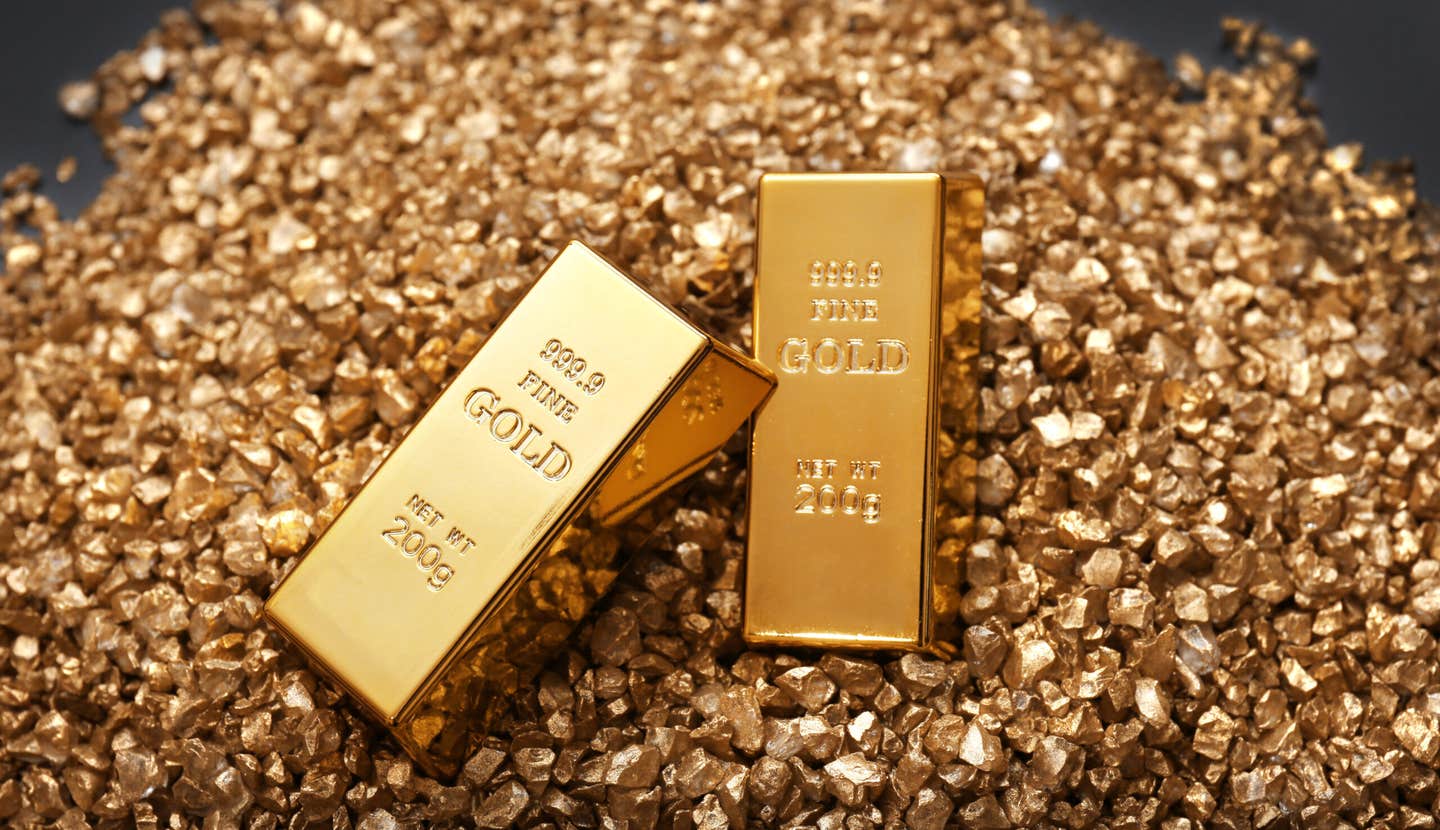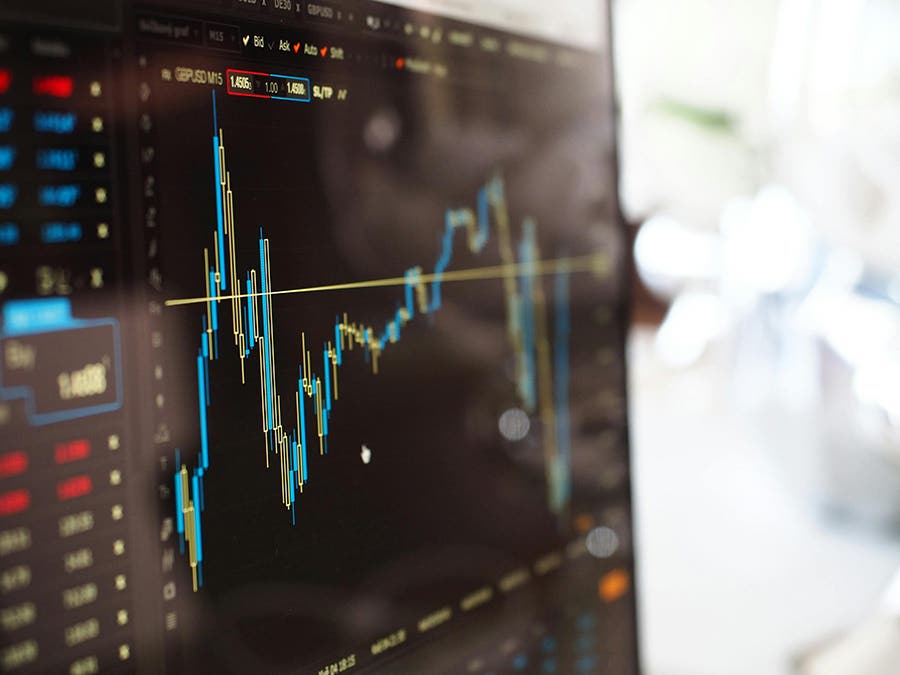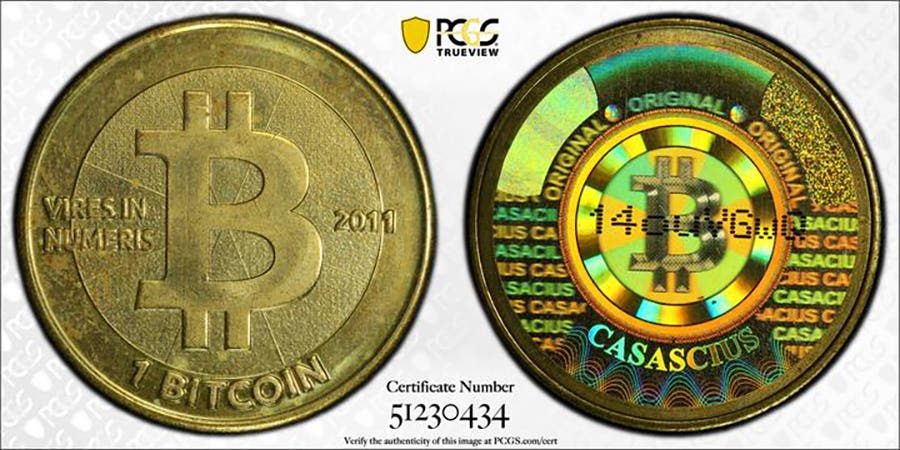Selling Gold and Silver While It’s Hot
The COVID-19 pandemic and subsequent economic uncertainty have driven the prices of gold and silver to record levels. Gold value has been pushed up by $400 since the first of…
The COVID-19 pandemic and subsequent economic uncertainty have driven the prices of gold and silver to record levels. Gold value has been pushed up by $400 since the first of the year. Silver, likewise, is up about $8 on the year. Those are approximate gains of 28 percent and 45 percent, respectively. These increases have caused the average consumer to be interested in selling gold and silver items they already own to cash in while the market is hot.
When gold and silver prices get this high, it’s clearly a perfect time to sell any chains, necklaces, rings, utensils, coins, medals or bars of gold or silver that you own but don’t need. The process of selling your scrap gold and silver can be tricky, but we’re here to help with this straightforward advice.
Selling your gold and silver items can be done through traditional local traders such as:
- Coin shops
- Pawn shops
- Gold Exchanges or Cash for Gold shops
- Jewelry stores
These outlets usually buy and sell items just like yours. They are familiar with methods of determining value and you can bring your items directly to their location. This allows you to talk with your buyer and get comfortable in person.
Online buyers and sellers of gold are another source to consult. Many of them offer different features that may appeal to you:
- Online value calculators
- Free shipping and insurance
- Information about their process
Store front and website buyers can both be good options, but be sure to check out their reputation by reading reviews, talking with trusted friends and checking rating sources. The Better Business Bureau is a good place to check for any formal complaints that may have been filed against any company, and review sites like Yelp! are a useful source to read what kind of experiences customers have had with the business you are considering.
Buyer reliability and reputation are key to a good experience. Be aware of the nature of the company you choose to sell your gold and silver items to. With the best you will notice the following:
- Desire to keep you as a repeat customer
- Transparent explanation of their offer price
- Fair price guarantee
- Insured shipping features
In making your determination to sell, we suggest you watch the direction and levels of gold and silver “spot” trading prices. Kitco is a good website for this. They have an easy-to-follow page with current and historical precious metal prices.
This is how gold and silver buyers will react to fluctuations in “spot” melt prices:
- If gold/silver is rising, buyers will pay you “melt” value or better
- When gold/silver is flat, buyers will pay you slightly less than melt value
- If gold/silver prices are going down, buyers will pay you significantly less than melt value
This is because a buyer must consider the risk of loss as well as the possibility of gain. As a seller, you want to bring your precious metal items to market when gold is going up. This is the best way for you to gain the most from your sale.
The buying and selling of precious metals moves very quickly because most businesses tend to work on small margins. This may make the average person uncomfortable. Having learned these basic principles will help you to become a more astute seller and ensure that you get the best deal for your gold and silver jewelry, coins and household items.
Glossary of Terms
Spot: Spot designates a moment in time, so the term “spot price” refers to the value of the metal at a given time of purchase or sale.
Melt: The intrinsic value of a precious metal item. Melt value is used to describe the current worth of the actual precious metal in an item.
Fineness: Defines the amount of precious metal in an item. If a coin is marked .999 fine, then it is nearly pure gold. When jewelry is .999 fine it is marked as 24K, meaning 24 karat.
Bullion: Normally used to describe a coin or bar that is marked with a specific weight and fineness.
Troy Ounce: Gold is measured in troy ounces. A troy ounce is equal to 31.103478 grams, so a full ounce of gold weighs approximately 31.103478 grams.
Actual Gold Weight: You can determine an item’s actual gold weight by multiplying its total gram weight by its fineness and dividing that by 31.103478 to convert the figure into troy ounces.
Collector Value: Used to describe an item whose value has risen well above its intrinsic value.
As an Amazon Associate, Numismaticnews.net earns from qualifying purchases made through affiliate links.








